From Hanoi, it took us half a day and four transfers to reach the gate of Cat Tien National Park in Tan Phu District, Dong Nai Province. For visitors from Ho Chi Minh City and other Southeast provinces, it is simpler. This place has long been an attractive and familiar eco- tourism and weekend resort destination for nature lovers.
Explore the wonders of nature
The early summer heat in Ho Chi Minh City was so hot, but it disappeared as soon as we stepped under the green trees leading to the resort for tourists of Cat Tien National Park Management Board. About 50 rooms are designed rustic, pretty, with very typical names of Cat Tien, such as: Elephant, Bear, Bull, Red Wood, Lagerstroemia, Hong Hoang, Giang Huong...
Without having to go deep into the forest, right in this area, we can admire a family of wild gibbons living together on the treetops, nimbly swinging from branch to branch, picking leaves, and cuddling each other. After a short walk, we also encountered dozens of birds of various sizes, colors, and species never seen before. It is not an exaggeration to say that Cat Tien National Park is a “kingdom” of birds, because nearly half of Vietnam’s bird species are present here.
Nightfall is also the time for an interesting discovery tour that only Cat Tien National Park has - "Watching animals at night". The open-top car took our group slowly to the edge of the forest. 15 tourists, including seven foreigners, excitedly and eagerly followed the specialized headlight in the hands of Hoan - a very young ranger and tour guide of Cat Tien National Park. Tourists are advised not to use personal flashlights, phone flash lights... to avoid negatively affecting the normal activities of wild animals.
The car drove for about 5 minutes, a fat civet was rustling in the bushes by the roadside and came into view. Going a little further, everyone gasped when they saw a herd of deer leisurely walking on a wide grassland, less than 50m from the car. Throughout the journey, the lights swept over nocturnal birds, families of deer, wild boars... making the tourists constantly admire. The animals' eyes caught the lights and emitted sparkling green and yellow light, it seemed that they were used to this and knew that it was safe, so each one leisurely grazed and walked around. When arriving at the Tuong Mountain Ranger Station, the car turned back, the hour-long "Night Animal Watching" tour ended with the tourists' longing.
The next day, my companion and I rented bicycles to explore the ancient Cat Tien forest. Standing next to a 400-year-old pine tree, the check-in spot for most visitors to Cat Tien National Park, we were overwhelmed by the giant roots growing undulating on the ground. Not far away was a cycad tree that was also four centuries old, a six-peaked Lagerstroemia tree that lived for more than 300 years, and a banyan tree with intertwined branches that formed a great dome…
Once part of the D war zone base, Cat Tien forest was also subjected to bombs and chemical toxins, but fortunately it was not too severely damaged. In the forest, there are still many valuable trees with impressive shapes, creating interconnected sightseeing spots. We also visited the Bac Dong ironwood tree, which is over 700 years old, a symbol of Cat Tien forest flora. Not only because the red ironwood is a rare wood species classified in group I, but also because of its profound message about the value of the forest and the awareness of protecting the natural environment.
In 1988, Prime Minister Pham Van Dong visited Cat Tien National Park. Next to the oldest red ironwood tree in the forest, he advised the cadres and people about their responsibility to preserve natural resources for today and tomorrow. To remember, the Cat Tien National Park Management Board affectionately named the tree Bac Dong ironwood tree.
And to complete the Cat Tien adventure, we of course did not miss Bau Sau - a wetland area famous for the largest freshwater crocodile population (Siamese crocodile) in Vietnam. To get to Bau Sau, there is no motor vehicle, but only a 5km walk through the forest. There are no motels or private tourist services in Bau Sau, but the staff of Bau Sau Forest Ranger Station will assist visitors with food and accommodation at the station.
The entire station has five staff members who take turns patrolling to protect the forest and welcome visitors, always busy all day long. Although I did not ask them about their personal lives, I could still imagine the difficulties and disadvantages that the rangers and their families had to accept and overcome in isolated and deprived working conditions. However, I could clearly feel their joy and pride when sharing with visitors about the successful restoration of the nearly extinct crocodile species and the animals living in the area.
 |
Park rangers guide visitors to explore Bau Sau Ramsar site. |
At night in Bau Sau, Deputy Head of the Forest Ranger Station Vu Van Khoi instructed me to use a flashlight to look at the crocodiles in the lake. He said that if you stay up late and if you are lucky, many tourists can also see wild bulls, deer, and elk wandering around looking for food and drinking water. Early the next morning, Mr. Khoi rowed a boat to take us around to welcome the sunrise on Bau Sau, admiring the beautiful new day picture of the swamp with countless species of birds, storks, freshwater fish... fluttering their wings. The emotions increased when we sometimes saw crocodiles swimming close by, or making bubbles in the water. It is not always possible to choose a leisurely tour on the water while hundreds of "swamp killers" live below?
Ecotourism Brand
A short trip is not enough to experience all of the more than 20 tours and unique tourist routes of Cat Tien National Park, but I was able to see the great value of biodiversity here. This nature reserve is spread over five districts: Tan Phu, Vinh Cuu (Dong Nai), Cat Tien, Bao Loc (Lam Dong) and Bu Dang (Binh Phuoc).
Director of Cat Tien National Park, Pham Xuan Thinh, said that the unit is currently managing and protecting more than 72,000 hectares of forest, including 1,655 plant species (accounting for more than 60% of the total orders and more than 50% of the total families of the plant kingdom in Vietnam); 1,730 animal species, including many extremely rare species such as gaurs (more than 120 individuals, the largest gaur population in Vietnam), freshwater crocodiles (about 500 individuals), elephants (more than 20 individuals including parents and children), rare primates (black-shanked douc, silvered langur, little slow loris, yellow-cheeked gibbon...), bird species (white-necked crane, Javan grebe, red-crowned peacock, peacock, purple-breasted pheasant...).
Tourists can experience with their own eyes wild bulls, crocodiles, monkeys, deer... living in their natural environment, which is a clear demonstration of the success of the mission of preserving and protecting the diverse and colorful ecosystem of Cat Tien forest. In 2001, Cat Tien National Park was recognized by UNESCO as a World Biosphere Reserve. In 2005, Bau Sau was included in the list of Ramsar sites (wetlands) of international importance.
Not many national parks exploit tourism as well and grow as impressively as Cat Tien National Park. In 2022, right after the Covid-19 pandemic was basically controlled, there were 54,000 domestic and international visitors to Cat Tien, with tourism revenue reaching 13.5 billion VND. The unique tours here have attracted not only scientists and photographers, but also tourists of various ages and nationalities.
For example, the "Night Animal Watching" tour (price 150,000 VND/person), or more advanced, there is a tour to see wild gibbons in the deep forest (nearly 1 million VND/person), a tour to explore Bau Sau (entrance fee 250,000 VND/person). Other tours such as butterfly season and Cat Tien peach blossom, bird watching tour, forestry semester for teenagers... are also busy every weekend, especially in the summer. Mr. Nguyen Dinh Quoc Viet, Director of the Center for Environmental Education and Services - Cat Tien National Park, shared: "The park has a unit specializing in managing and protecting forests, conserving ecosystems, conserving genetic resources of animals and forest plants; scientific research on nature and environmental conservation; environmental protection education and propaganda and organizing ecotourism services.
Currently, along with domestic programs and activities, there are also international-scale projects being implemented in Cat Tien National Park, such as: Project to rescue rare and endangered primates (UK), Free the Bears Bear Conservation Center (Australia), project to conserve and develop biodiversity resources of forest ecosystems in Cat Tien National Park (Asian Forest Cooperation Organization - AfoCO), project to manage sustainable forests and conserve biodiversity (United States Agency for International Development - USAID) ...
Mr. Viet also added that with the strength of forest resources and biodiversity, Cat Tien National Park has been making its mark with various types of ecotourism such as: Exploring plants/animals, resorts, research and study, conferences, seminars, mass sports events (running, walking)... In addition, the tour route to Ta Lai commune - home to the Ma and X'tieng ethnic minority communities, exploring the culture and daily life of indigenous people is also highly appreciated by domestic and foreign tourists.
Developing ecotourism models is not only a way to generate revenue for forest protection and improve people's lives, but also contributes to improving the effectiveness of propaganda and spreading awareness of respect and protection of nature. However, Cat Tien National Park still has a lot of work to do to exploit its potential and build a worthy ecotourism brand in the region and the world...
Leaving Cat Tien forest with a “treasure” of new knowledge and experiences about the world of species, I understand the feelings of tourists who share that they have been here for many weeks, or returned many times. The harmony between people and nature, the effort to develop tourism in balance with environmental protection and biodiversity conservation in Cat Tien National Park can become a good model for many other nature reserves to refer to.
Source: https://nhandan.vn/ve-mien-hoang-da-cat-tien-post749104.html


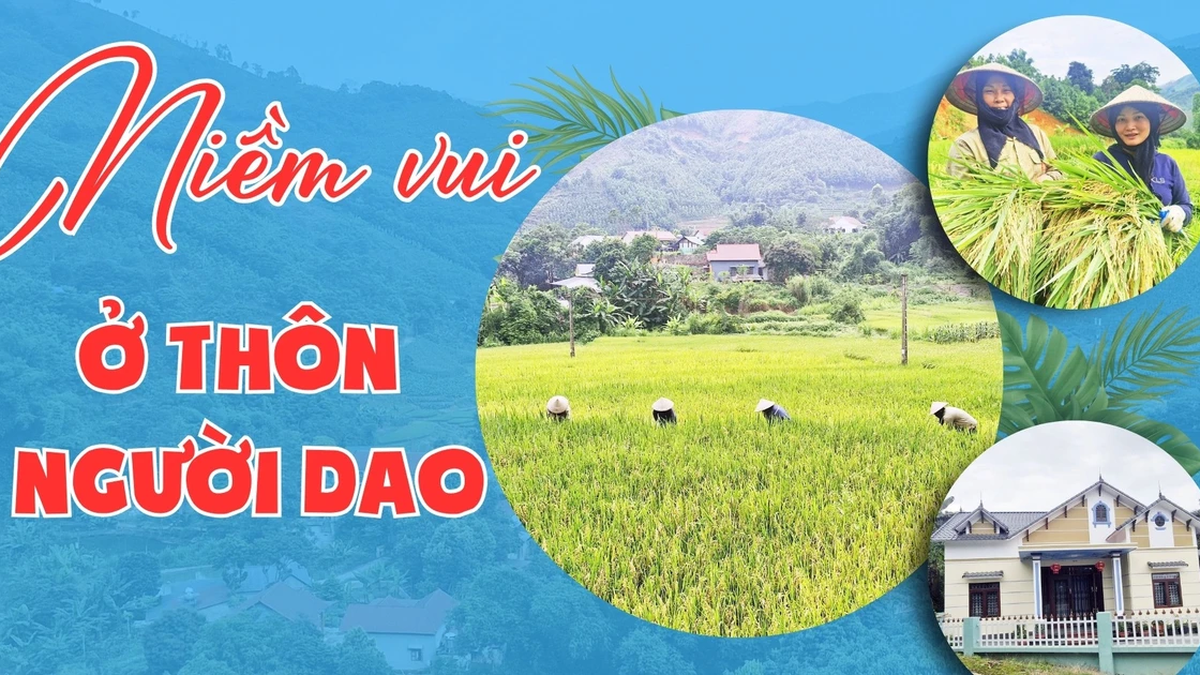


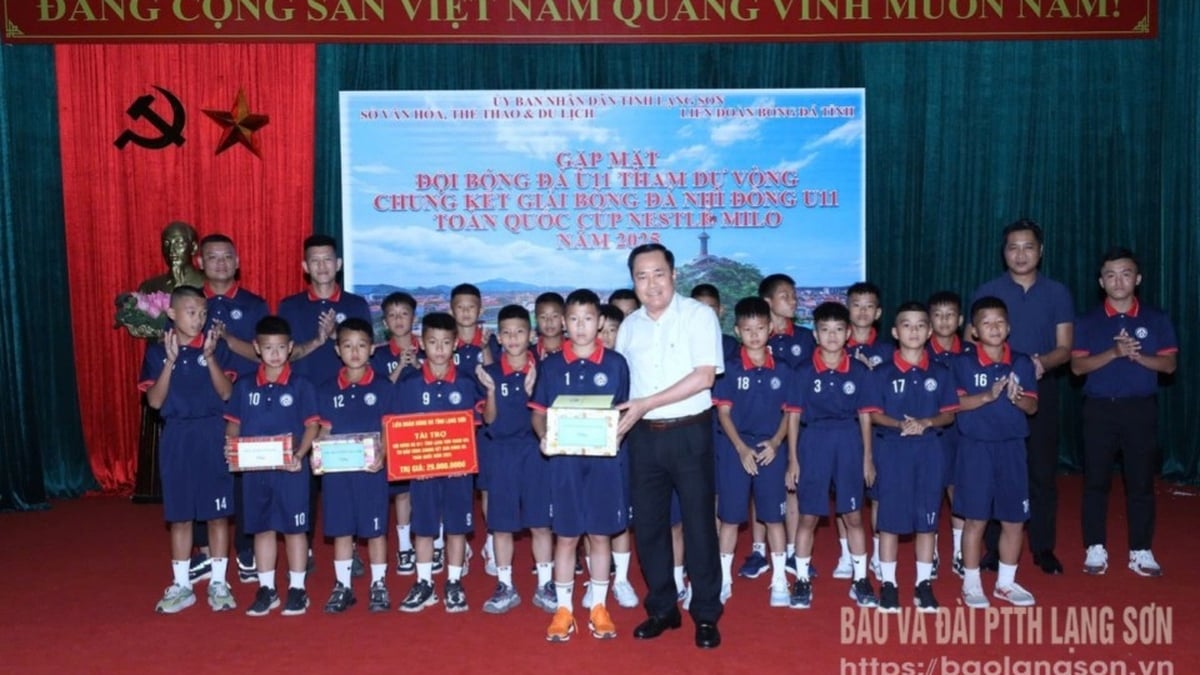

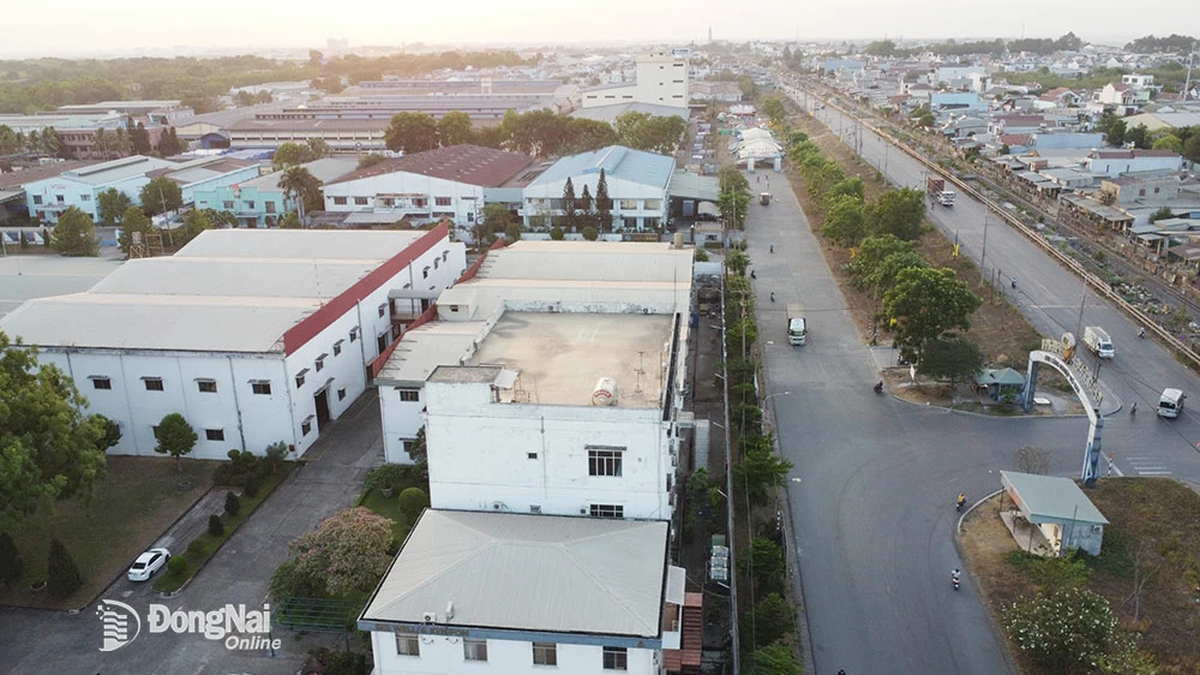


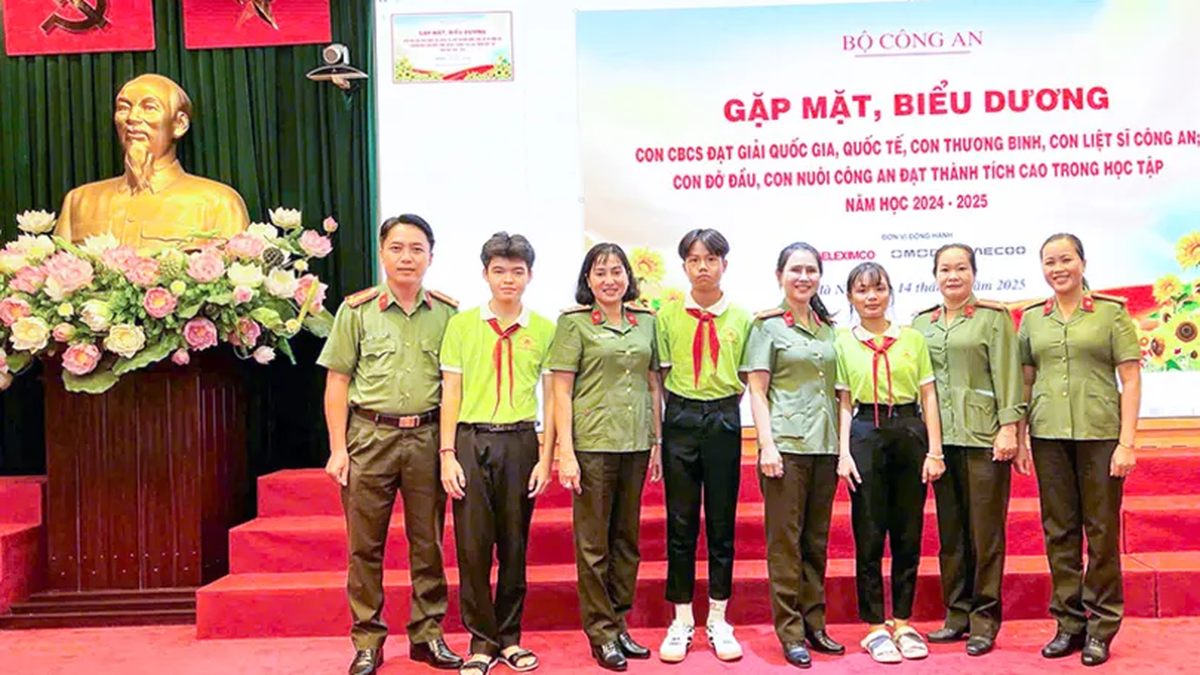
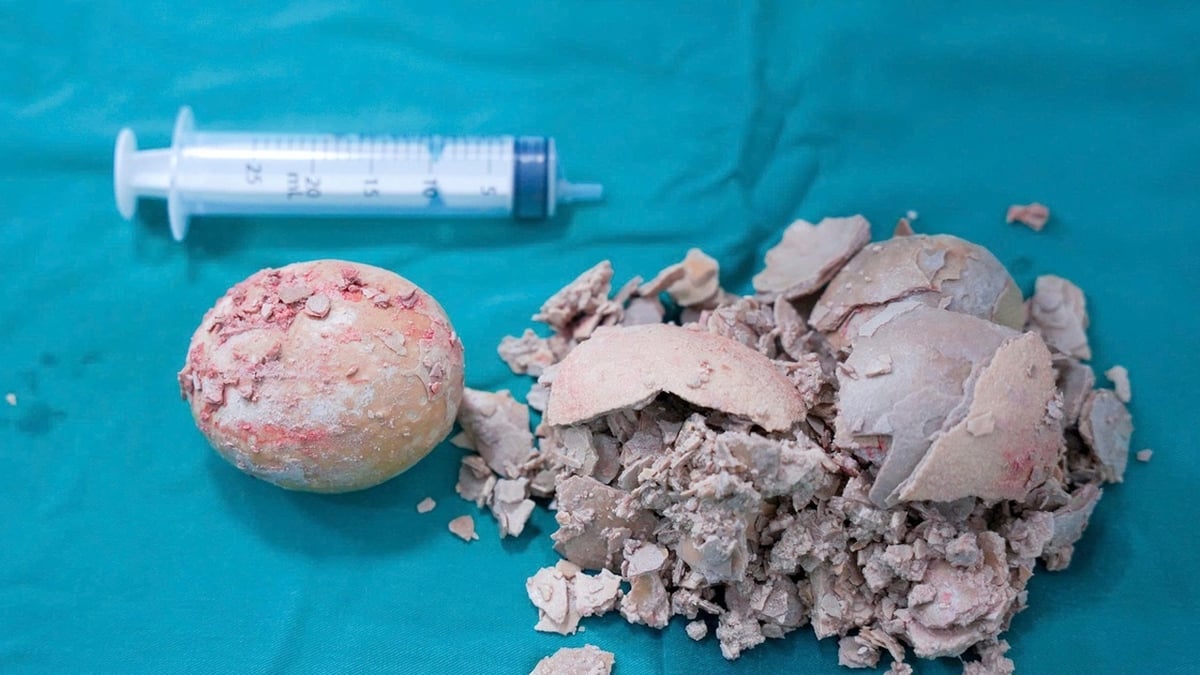








































![[Maritime News] More than 80% of global container shipping capacity is in the hands of MSC and major shipping alliances](https://vphoto.vietnam.vn/thumb/402x226/vietnam/resource/IMAGE/2025/7/16/6b4d586c984b4cbf8c5680352b9eaeb0)













































Comment (0)